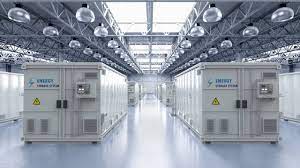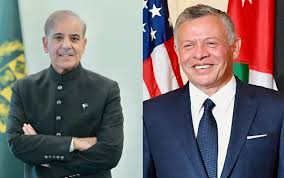Italy to subsidize centralized energy storage system projects with EUR 17.7 billion

Rome: Italy is launching a state aid package of EUR 17.7 billion for the establishment of a centralized electricity storage system. The scheme is for developers of eligible projects to receive annual payments for investments and operating costs over the next ten years.
The European Commission has approved, under the European Union’s state aid rules, a EUR 17.7 billion scheme with which Italy intends to support the establishment and operation of a centralized electricity storage system. The measure is envisaged to contribute to the goals from the European Green Deal and Fit-for-55 package by enabling the integration of renewable energy sources.
After winning clearance in Brussels, Italy can now select companies developing electricity storage projects eligible for subsidies. The mechanism is set to cover investment and operating costs through annual payments.
The plan is to support electricity storage facilities with 9 GW in total operating power and an overall capacity of 71 GWh until the end of 2033.
The production of electricity from renewable energy sources depends on sunlight, wind and hydrology, and the electricity demand curve is different. Storing excess electricity at times of overgeneration enables its use at times of scarcity, thereby reducing the curtailment of renewables and the need to produce electricity in programmable but polluting power plants, the commissioners pointed out.
Italy is obligated to select the beneficiaries through a competitive, transparent and non-discriminatory bidding process. Specifically, developers will compete based on offers relating to the lowest amount of aid requested per offered capacity volume.
The scheme facilitating the creation of a centralized electricity storage system will be open to all technologies meeting the performance requirements set by the country’s transmission system operator (TSO) Terna and approved by the regulators. The list will be revised every two years to reflect technological developments. Currently, eligible technologies include electrochemical lithium-ion systems and pumped storage hydropower plants.
A new time-shifting trading platform is foreseen as part of the scheme. Storage capacity will be pooled and offered to third parties in the form of standardized time-shifting products. Accordingly, the beneficiaries will be required to make their assets available on the platform.
The TSO would then assign physical storage assets to execute the standard time-shifting contracts, optimizing the use of available capacities.
The aid has an incentive effect, as the supported storage facilities would not be financially viable without public support, the European Commission ruled. Moreover, it argued that the mechanism brings about positive effects that outweigh any potential distortion of competition and trade in the EU.
With the European Green Deal communication in 2019, the commission set an objective of net zero emissions of greenhouse gases for 2050. Then it was enshrined in the European Climate Law, in force since July 2021. The legislation also introduced the intermediate target of reducing net greenhouse gas emissions by at least 55% by 2030.
Through the adoption of the Fit-for-55 proposals, the EU has in place legally binding climate targets covering all key sectors in the economy, the announcement adds.
In addition, the commission adopted in March 2023 a list of recommendations to ensure greater deployment of energy storage,
“Centralised electricity storage provides flexibility and facilitates the deployment of renewable sources. This innovative scheme will help accelerate the green transition, while minimising any potential distortions to competition,” the European Commission’s Executive Vice-President Margrethe Vestager stated. She is in charge of competition policy.





